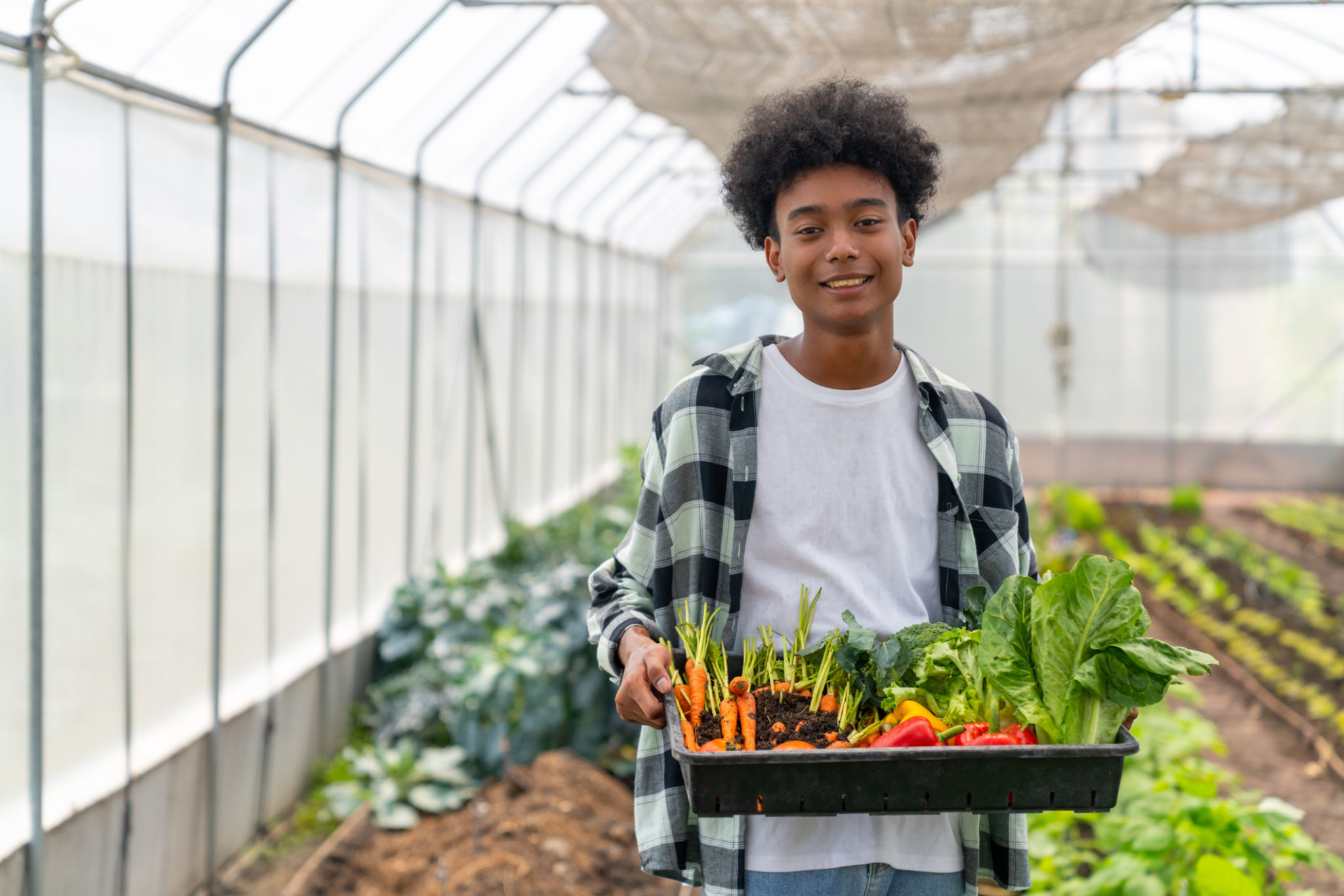Integrating S.T.E.A.M. in School Gardens: A Comprehensive Guide
Understanding the Concept of S.T.E.A.M.
In recent years, education has evolved to emphasize the importance of integrating multiple disciplines into a cohesive learning model. S.T.E.A.M., which stands for Science, Technology, Engineering, Arts, and Mathematics, is an approach that encourages students to think critically and engage in hands-on learning. By incorporating these disciplines into school gardens, educators can provide a dynamic learning environment that fosters creativity, problem-solving skills, and a deeper understanding of the natural world.
The Benefits of S.T.E.A.M. in School Gardens
Integrating S.T.E.A.M. in school gardens offers numerous benefits. First, it allows students to apply theoretical knowledge in practical contexts. For example, they can use mathematical concepts to measure plant growth or apply scientific methods to understand soil composition. Additionally, school gardens provide an opportunity for students to explore engineering by constructing garden structures or using technology to monitor environmental conditions.

The inclusion of arts in S.T.E.A.M. education is equally important. Arts encourage creativity and innovation, allowing students to design garden layouts or create art installations using natural materials. This holistic approach not only supports individual subject learning but also promotes collaboration and teamwork among students.
Implementing S.T.E.A.M. in Your School Garden
Designing the Garden Space
To successfully integrate S.T.E.A.M. into your school garden, start by designing a space that accommodates various activities. Consider areas for planting, experimentation, and artistic expression. Ensure that the garden layout is flexible, allowing for changes as new projects and learning opportunities arise.

Incorporating Science and Technology
Use your school garden as a living laboratory where students can conduct experiments related to plant biology, ecology, and meteorology. Introduce technology by implementing weather stations, using digital tools for data collection, or even incorporating coding projects that control automated watering systems.
Engaging Students Through Hands-On Activities
Engineering and Mathematics Applications
Involve students in engineering projects such as building raised beds, designing irrigation systems, or constructing compost bins. These activities can be tied to mathematics by involving calculations related to area, volume, and resource management. Encourage students to analyze data collected from their projects to make informed decisions about garden improvements.

Enhancing Creativity with Arts
Encourage artistic expression by incorporating art projects that utilize natural materials from the garden. Students can create sculptures, paint planters, or design educational signage that illustrates plant species or environmental concepts. This integration of arts helps students connect emotionally with their work and the environment.
Conclusion: A Collaborative Effort
Integrating S.T.E.A.M. into school gardens requires collaboration among educators, students, and the community. By fostering partnerships with local organizations and experts in various fields, schools can enrich the learning experience and ensure the sustainability of their garden projects. Ultimately, this educational approach inspires students to become lifelong learners who are curious about the world around them.